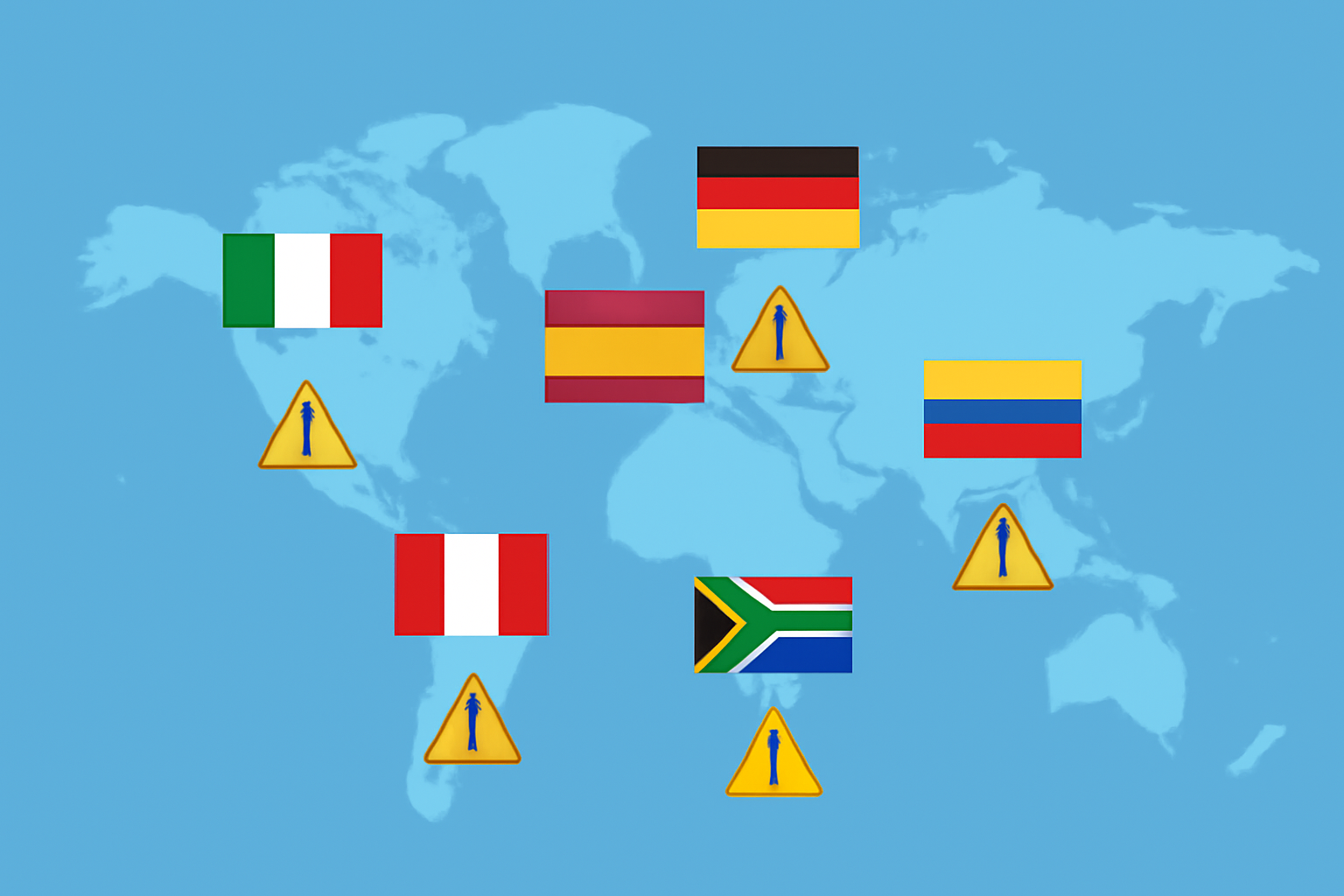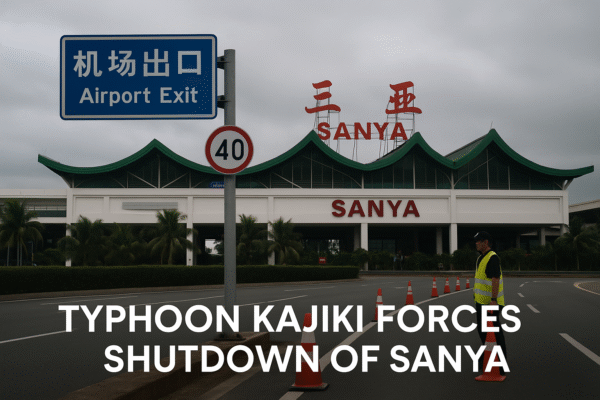The tropical resort hub of Sanya, located on China’s island province of Hainan, has come to a standstill as Typhoon Kajiki approaches. On Sunday, August 24, 2025, authorities issued a red typhoon alert—the highest level in China’s official warning system—prompting immediate suspension of tourism, public transport, schools, and local businesses.
Storm Status and Government Response
As of 9 AM on Sunday, Kajiki was located roughly 200 kilometres southeast of Sanya, packing winds up to 38 m/s (~137 km/h), with forecasts indicating it could intensify further to 48 m/s before making landfall or skirting the southern Hainan coast. Rainfall in some regions could exceed 400 mm, while winds pose risk of widespread damage.
In anticipation, the emergency response was elevated to its most severe level. Authorities undertook multiple precautionary measures:
- Mass evacuation from vulnerable coastal zones
- Closure of tourist hotspots, restaurants, shops, and construction sites
- Suspension of public transit, flights, and maritime operations
- A Level IV flood and typhoon response activated across Hainan
- Over 20,000 residents relocated; more than 30,000 fishing vessels secured; emergency supplies and 2,800 rescue personnel deployed
- Local officials called for preparedness for “worst-case scenarios” to ensure minimal injury and loss of life.
Impact on Tourism and Local Life
Sanya, a famed beach destination dubbed the “Hawaii of China,” draws millions annually—over 34 million tourists in 2024 alone. The storm has brought tourism to an immediate halt, affecting hotels, resorts, and local businesses. Flight cancellations and transport suspensions have disrupted travel plans, while local vendors and hospitality staff brace for economic repercussions.
Broader Trends: Climate and the Season’s Extremes
Typhoon Kajiki’s emergence follows a series of record-breaking weather events across China since July, including floods and drought linked to climate change. In July alone, these incidents resulted in ¥52.15 billion (~US $7.3 billion) in losses, alongside hundreds of fatalities and missing persons. These developments underscore the escalating challenges that China’s coastal communities face amid rising storm volatility.
What Travelers Need to Know
| Action | Details |
|---|---|
| Monitor Official Alerts | Follow government channels and weather updates |
| Suspend Travel Plans | Avoid Sanya and Hainan until authorities lift red alerts |
| Prepare for Disruptions | Anticipate closed services, canceled tours, and travel delays |
| Prioritize Safety | Stay indoors and heed evacuation or shelter instructions |
In Summary
Sanya’s swift preparations, including a full shutdown of transport, tourism, and daily activities, reflect the serious threat posed by Typhoon Kajiki. While the city prioritizes safety over economy, the tourism sector faces immediate disruption. The unfolding situation in Sanya also highlights the growing impact of climate-related extreme weather on resort destinations worldwide.
Travelers should stay alert, postpone travel plans, and remain in close contact with hotel providers and local authorities for updates. When calm returns, Sanya will undoubtedly retain its allure—but only once it’s safe to enjoy its beaches and retreats once again.
For more travel news like this, keep reading Global Travel Wire


















